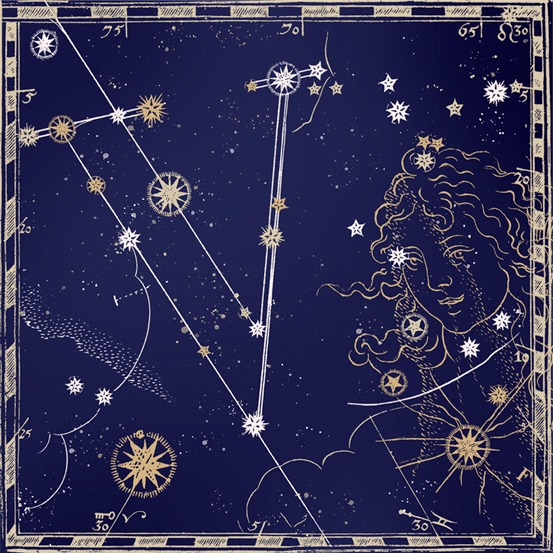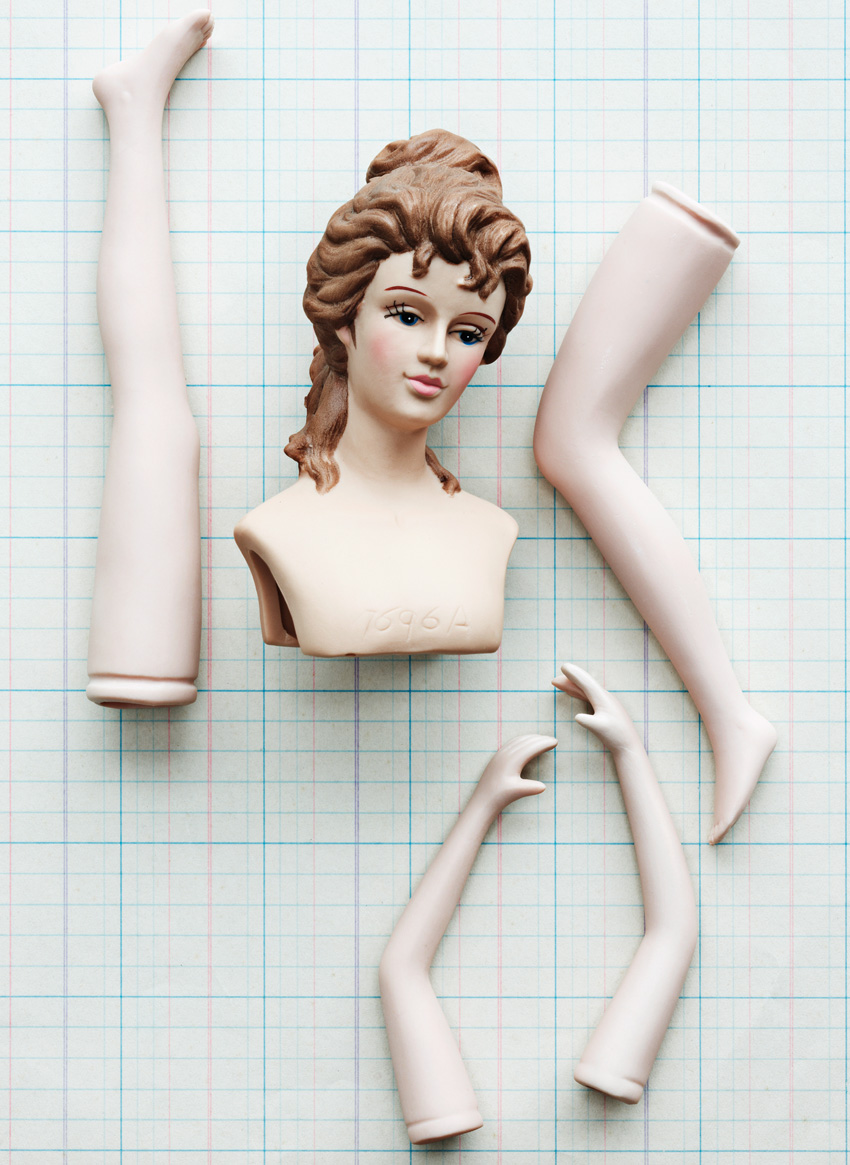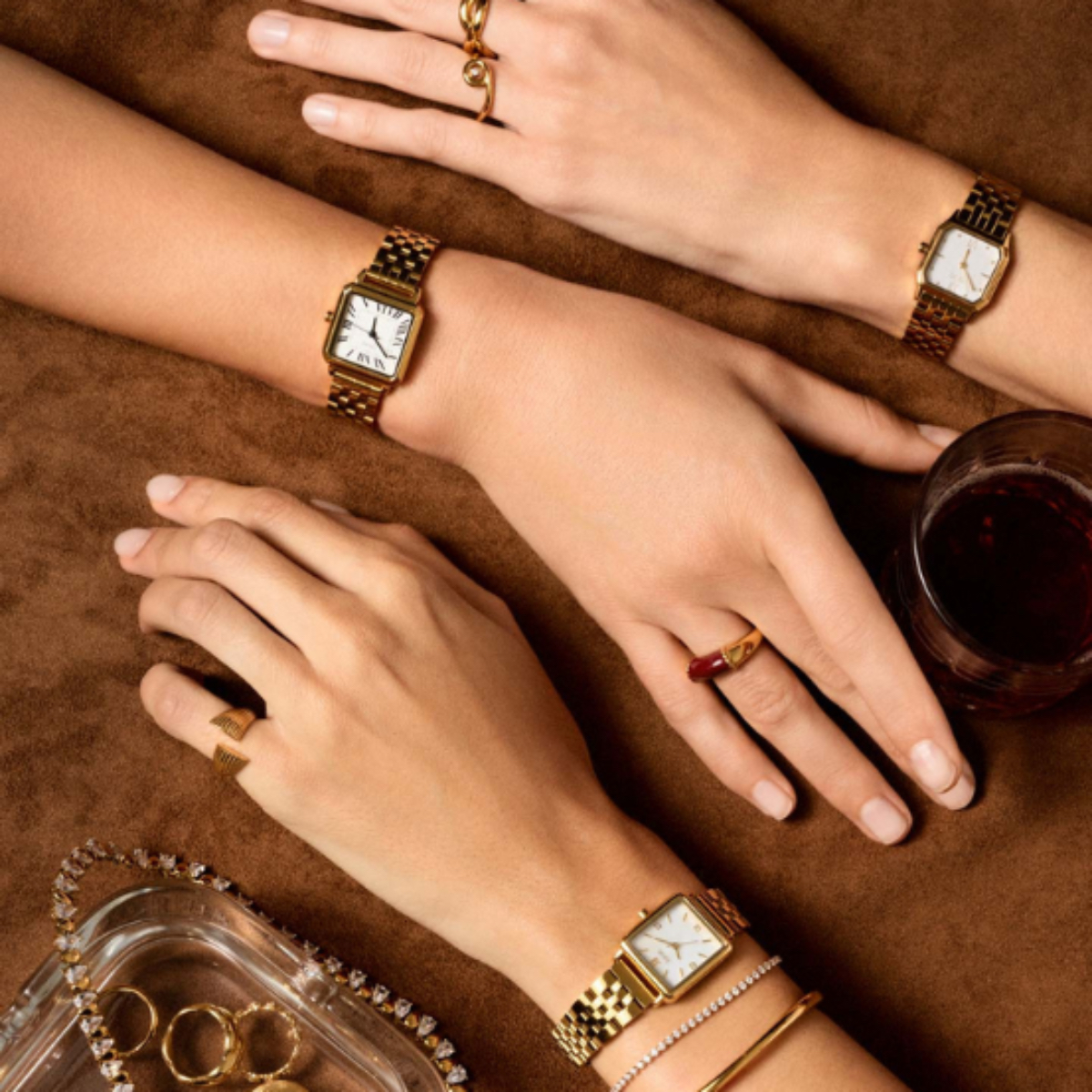Do real icons still exist? And if they do, who are the architects behind them? In a world saturated with ephemeral fame, few achieve true myth status - and those who do, would never be able to achieve it without a relentless machine around them.
If there is a key to cultural immortality, it seems to have been lost a long time ago, and wondering if it will ever be rediscovered is pure speculation. However, the icon-making factory has not stopped; on the contrary, it is now working harder than ever, working overtime whenever possible. And perhaps therein lies the question of the essence of contemporary icons: the originals - such as Marilyn Monroe or Elizabeth Taylor - emerged from an era with a different appeal, in times when society saw the world through a different lens, based on a deep sense of wonder and distance. Back then, the earthly plane we inhabited and the astral plane where the icons seemed to hover were separated by almost mythical distances - not just a scroll away.
In an age when trends emerge as quickly as they disappear, it would be natural and healthy (at least for any self-confessed pop culture fan) to question whether cultural icons still exist. Once immortalized for their unattainable glamour and timeless image, personalities like Audrey Hepburn and James Dean seemed to embody an elusive, almost epic quality. Today, the path to myth status is both more accessible and more fragile, shaped by the immediacy of social media and society's changing values. To understand the modern icon, it's important to look at how the digital age has redefined both the creation and longevity of fame. Social networks and the Internet have democratized the idea of celebrity, transforming once untouchable figures into accessible personalities who invite us into their lives with raw frankness. This accessibility doesn't necessarily eliminate mystery; it adds a new dimension to the concept of their personality - but it would be redundant to say that mystery makes a difference. So often we look to the past and try to recycle the same references in the name of nostalgia, calling it the “good old days” when distance and mysticism played a crucial role in how we viewed iconic figures. Although the world has changed radically, we still feel the enduring appeal of traditional names, which live in the collective imagination and retain their cultural power even decades after their death. Their images and stories are revisited, reinterpreted and revived for each new generation, thus proving that although the context may change, the essence that makes an icon remains timeless.
In today's world, we find a fascinating phenomenon: the ephemeral icon (if you can call it that without falling into incongruity) - a product of the fast-paced and transitory nature of digital culture. Some figures achieve global recognition overnight, only to disappear from relevance just as quickly. Fame is more accessible than ever, but true icon status - that which overcomes the back and forth of viral fame - remains rare. In this environment, icons are less and more distilled, remaining relevant through authenticity, resonance and a multidimensional impact, with some (exaggerated) curiosity on our part adding to the equation. Being iconic in the modern age means balancing accessibility with fascination, social awareness with self-expression, and originality with identifiability. Today's stars reflect a broader spectrum of identities and voices, going beyond traditional definitions of beauty and fame, and their stories tend to be as much about social advocacy as dazzling success, capturing and balancing the spirit of a society that values depth and inclusion. And maybe that's what we miss too - a beautiful Hollywood actress, relevant for not much more than her extraordinary eyes, perfect smile or captivating scenes in remote (and often bizarre) films, but with an irresistible aura. So, do icons still exist? Unequivocally, yes. However, they have transformed, reflecting our own evolution as a society - and it's safe to say that we don't know if we necessarily like this. These personalities have gone from being gods to dynamic figures, but despite dissecting their lives online and in the pages of magazines that are not always serene, we continue to idolize the detachment of antiquity. Paradoxical? Definitely.
We can't ignore the fact that behind every enduring myth lies a complex and carefully orchestrated machine of publicists, PR specialists and agents - professionals who, away from the public eye, sculpt and sustain the magnetic presence of these figures. Today, these “icon-making factories” remain essential, working tirelessly to elevate celebrities into timeless figures, carefully crafting the narratives that transform individuals into enduring symbols. The role of the icon maker has also evolved with the digital age, becoming an art of balancing authenticity and fascination. Today's audiences demand more than superficial luxury; they are looking for a glimpse of what's behind the stage, a sense of intimacy - the same intimacy that can end with a celebrity, as the line the public draws is dangerously thin. So - and again - the mystery that defines a personality and their “behind the scenes” must also be preserved. To understand today's times is to understand the power of storytelling. Publicists and PR specialists are not mere supporting characters in this kind of Society of the Spectacle; they are chess players, master storytellers who shape the trajectory of a celebrity, emphasizing qualities, causes or even controversies to keep the public captivated, and this machine is as much about preserving an image as it is about creating a legacy. These icon creators also navigate a world of unprecedented connection and learning, where social networks can amplify or undo a persona in minutes. Working to take advantage of this immediacy, they know that the modern icon must not only make a statement, but inspire a conversation. Whether it's a carefully curated social media post (however futile it may sound), a high-profile appearance or a campaign in defense of a cause, each is an opportunity to reinforce the values and vision that define a myth - and managing this complexity is as exhausting as it sounds, with the “opinion makers” now being not just magazines or newspapers, but anyone with access to the Internet. Without these “factories”, the fame scene would be scattered, populated by even more ephemeral stars and vague narratives. Figures like Tree Paine, Taylor Swift's implacable publicist, illustrate the power of strategic storytelling in myth-making. When Swift made the transition from country music sweetheart to pop star, Paine took care of her image and, under her guidance, Swift navigated conflicts, polemics, public scrutiny and controversies with remarkable calm, evolving from a music star to also become a symbol of artistic integrity who can and should be called an “icon” in her own right. Another example is Pat Kingsley - dubbed “Hollywood's most powerful and feared publicist” - whose story is longer than these characters can tell. Tom Cruise, Michelle Pfeiffer, Al Pacino, Jodie Foster and Will Smith were some of the names that Kingsley - who retired in 2009 - worked with, and if today we recognize their legendary status, much is due to her.
Not realizing that the world we live in is carefully fabricated is proof that the work of these “icon-making machines” - or at least “celebrities” - is being done very well. To believe this too much would also be to live in a recurring and very unhealthy conspiracy theory. Looking back at the glamorous icons of old Hollywood will always be the comfortable and safe answer, but it's worth investing some time thinking about what legends are being made as we open yet another social media feed. A TikTok star may never be the girl with flawless platinum curls and a white dress caught in a gust of wind, but she is shaped by the same machinery that once turned stars into myths - and as painful as it is to admit, this is simply another sign of our times. In the meantime, perhaps the best approach is to live, read, listen and watch, because the next cultural legend will probably be just around the corner, although we may not be able to recognize this fact until twenty years have passed.
Translated from the original in Vogue Portugal's The Icons Issue, published November 2024. Full story and credits in the print issue.
Most popular
.jpg)

Relacionados

O que lhe reservam os astros para a semana de 30 de dezembro a 5 de janeiro
30 Dec 2025
.jpg)





.jpg)
